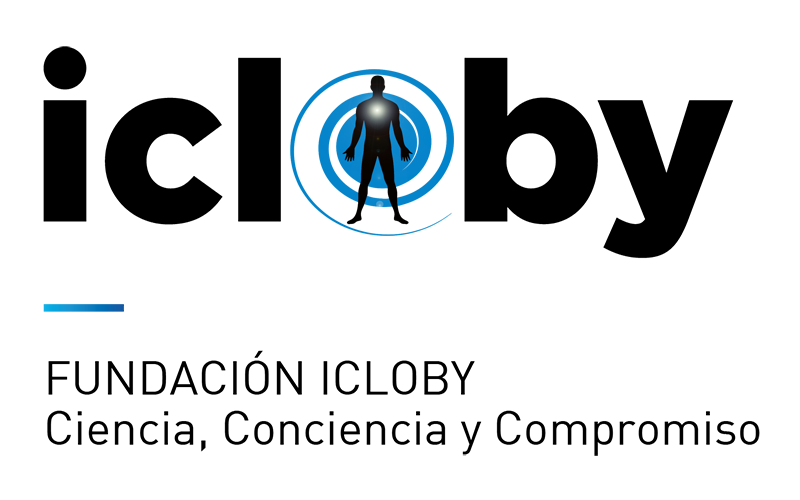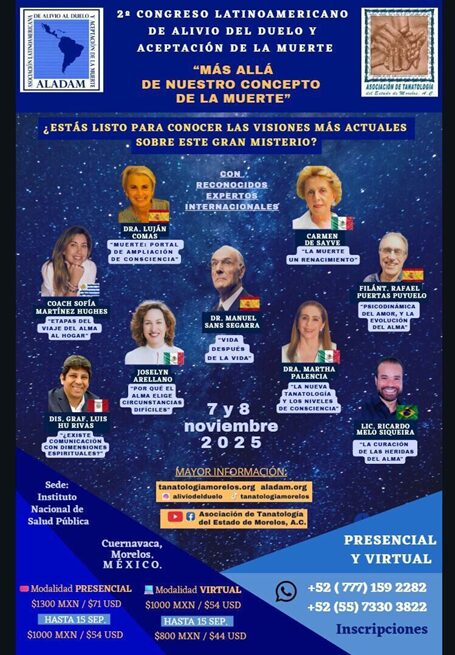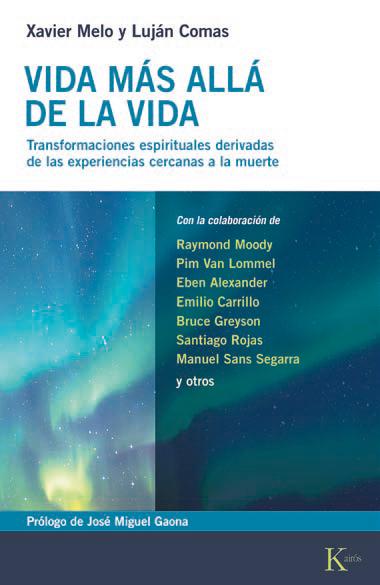ABSTRACT OF Characterization of end-of-life electroencephalographic surges in critically ill patients*. DE CHAWLA et al. 2017.
* Characterization of electroencephalographic overloads at the end of life in critically ill patients.
The team of Lakhmir Chawla detected in 2009 end of life electrical surges (ELES) in 7 patients between 3 – 5 minutes after cardiorespiratory arrest. Eight years later they managed to replicate part of these results: 13 out of 18 patients had ELES. The 2009 paper proposed these ELES as a possible neurophysiological cause for Near Death Experiences (NDEs).
Chawla points out that the studies by Auyong (2010), Go ahead (2013) and van Rijn (2011) corroborate his results. However, in the first study the time of cardiac arrest is not included, in the second study the EEG activity occurs in mice within 30 seconds after cardiorespiratory arrest, as expected after such an arrest, and Dr. Borjigin herself complained that the results obtained by Dr. Chawla and Dr. van Rijn (2011) do not include the time of cardiac arrest. Borjigin herself complained that the results obtained by Chawla were different from those collected by her team and, in the third one, it is ruled out that this type of experience, which the authors found in decapitated rodents, can hardly be associated with any type of consciousness given that the phenomenon occurs in both anesthetized and unanesthetized mice.
The results of Norton (2017), Sleeping (2021), Reagan (2018), DeVries (1998), with a total of 197 cases and the meta-analysis of Pana (2016) with 7 human and 10 animal studies did not validate Chawla’s results and found a generalized decrease or no brain activity after cardiorespiratory arrest.
If we add to these results the fact that some SCDs occur within 3 minutes of arrest due to their in-hospital genesis and an adequate resuscitation protocol, it is unlikely that ELES are the cause of SCDs.
In fact, ELES appear to be the result of depolarization of neurons in a severely impaired brain.





